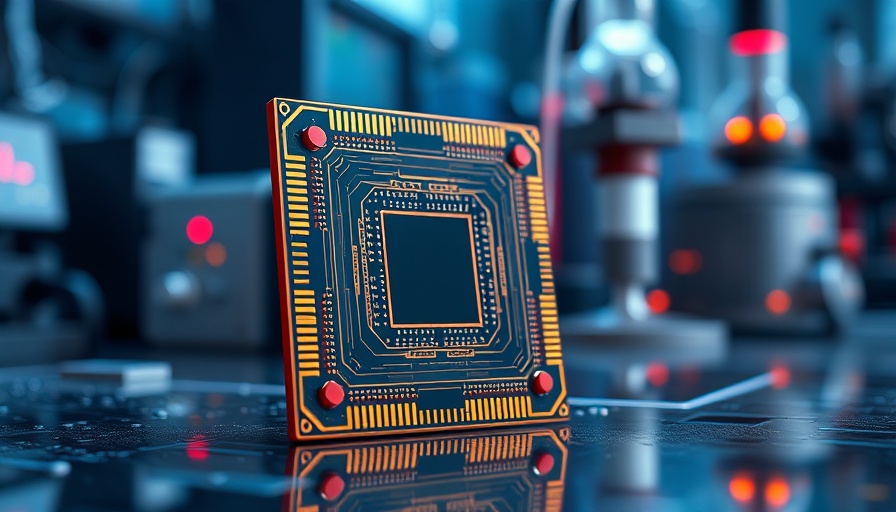
Pushing Boundaries: Microsoft’s Breakthrough in Quantum Computing
Microsoft has taken a significant step forward in the realm of quantum computing with the unveiling of its first prototype chip featuring eight topological qubits. This development comes after years of dedication to a high-risk strategy leveraging topological qubits, which promise inherent error resistance compared to traditional qubit designs. The new chip, named Majorana 1, embodies the potential for creating a quantum computer with as many as one million qubits in the future, positioning Microsoft as a frontrunner in a space long dominated by theoretical possibilities.
Understanding Topological Qubits
Unlike conventional qubits that are prone to environmental noise and operational errors, topological qubits utilize the unique properties of topological states of matter, specifically Majorana zero modes. These quasiparticles maintain coherence over time due to their physical characteristics, which consolidate quantum information more securely than their standard counterparts. The shift from error-prone qubits to these topological innovations could revolutionize not just quantum computing, but also the reliability of technological advancements at scale.
The Road Ahead: Achieving Practical Quantum Computing
With the Majorana 1 chip presented at the Station Q conference, Microsoft aims for practical quantum computing solutions sooner rather than later. Researchers have outlined pathways to scale and enhance performance, targeting a fault-tolerant quantum processor operational within years. Chetan Nayak, who leads the quantum hardware team, firmly believes that this approach marks a pivotal turn from theoretical research to tangible technological solutions that can address real-world challenges.
Why This Matters: The Implications of Quantum Advancements
As we stand on the brink of a new quantum age, the implications of such advancements broaden the horizons for multiple industries. From predicting molecular interactions in pharmaceuticals to developing intricate materials science applications, a million-qubit computer could drive breakthroughs that classical computers cannot even fathom. Critics argue that while the promises are tantalizing, proving the efficacy of these topological systems is the real challenge ahead.
Microsoft is not only leading in innovative technology but also shaping the future of how we understand computation. With strong backing from institutions like DARPA and ongoing collaborative research, the commitment to making quantum computing widely accessible is shaping up as a reality.
 Add Row
Add Row  Add
Add 




Write A Comment